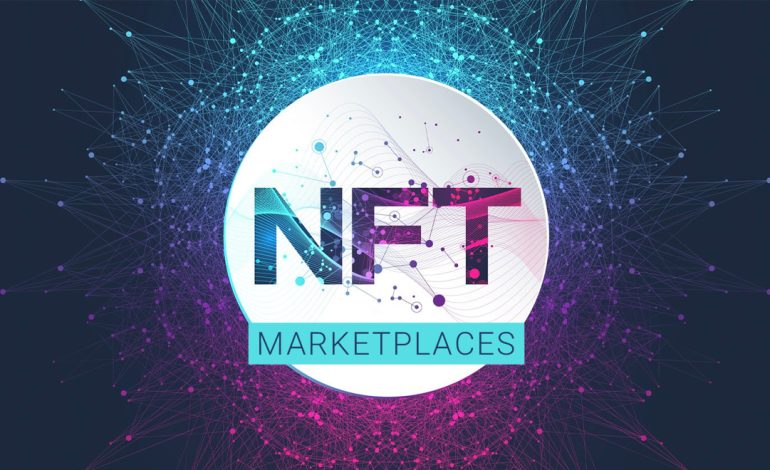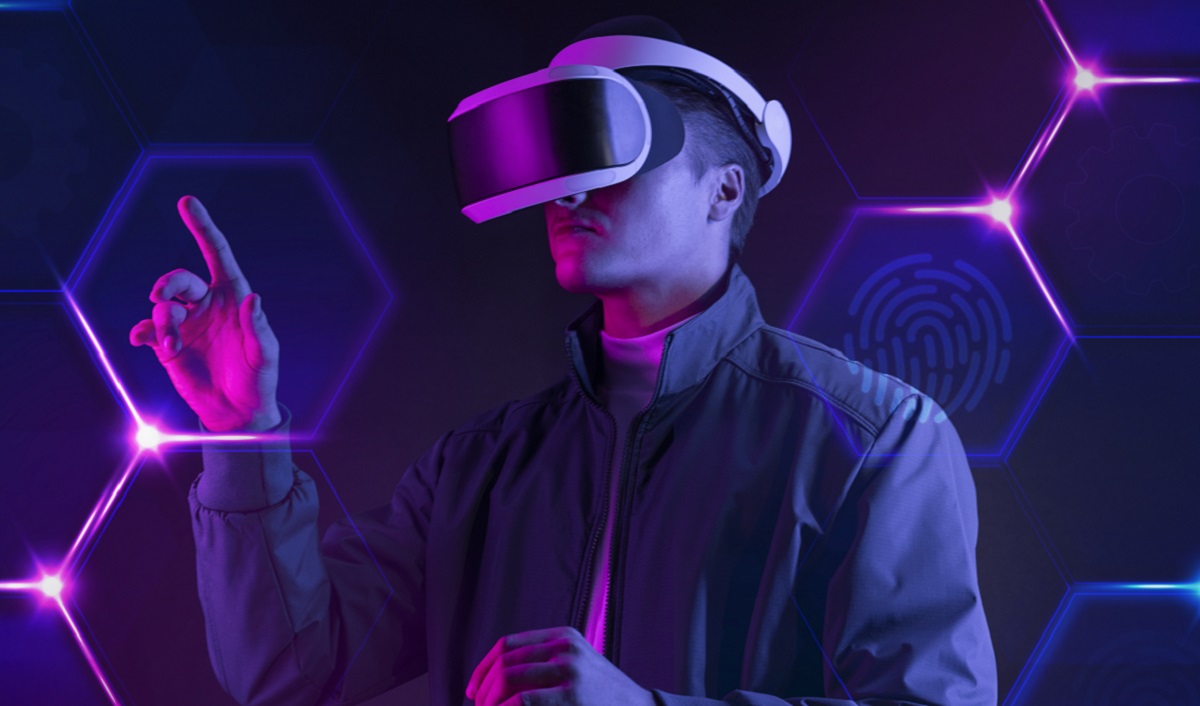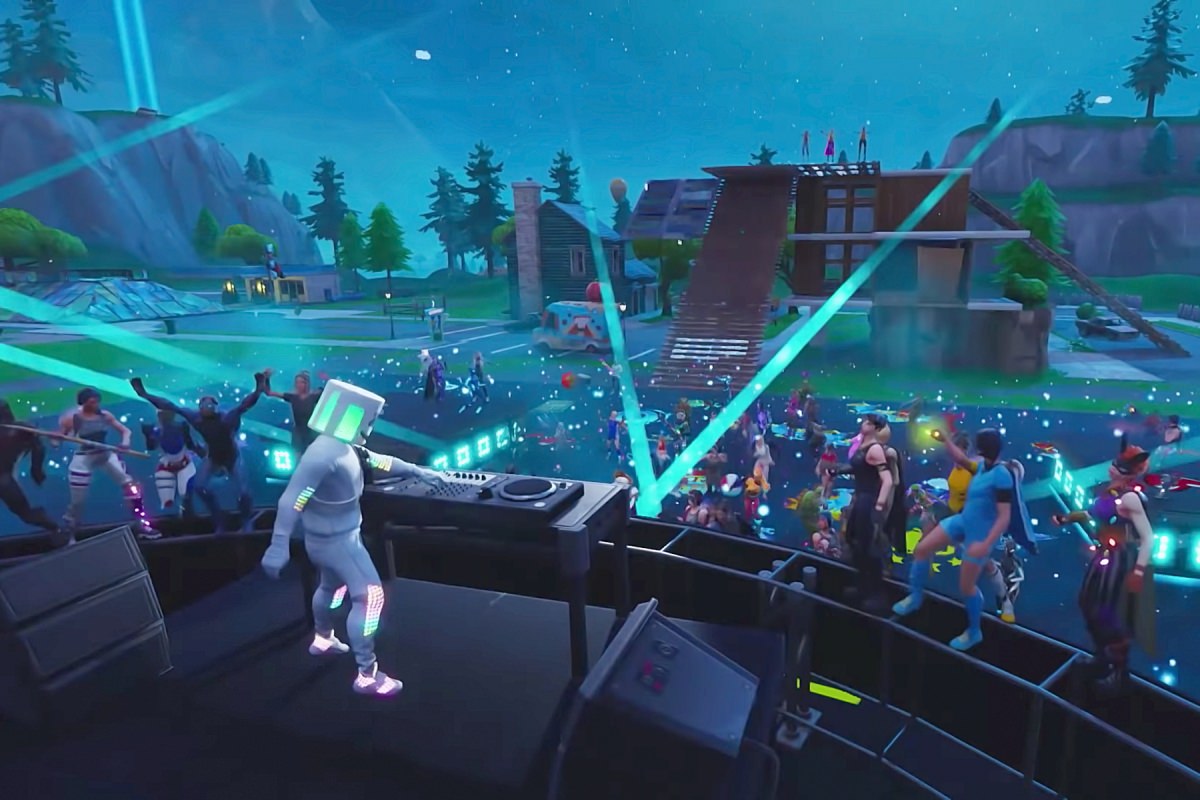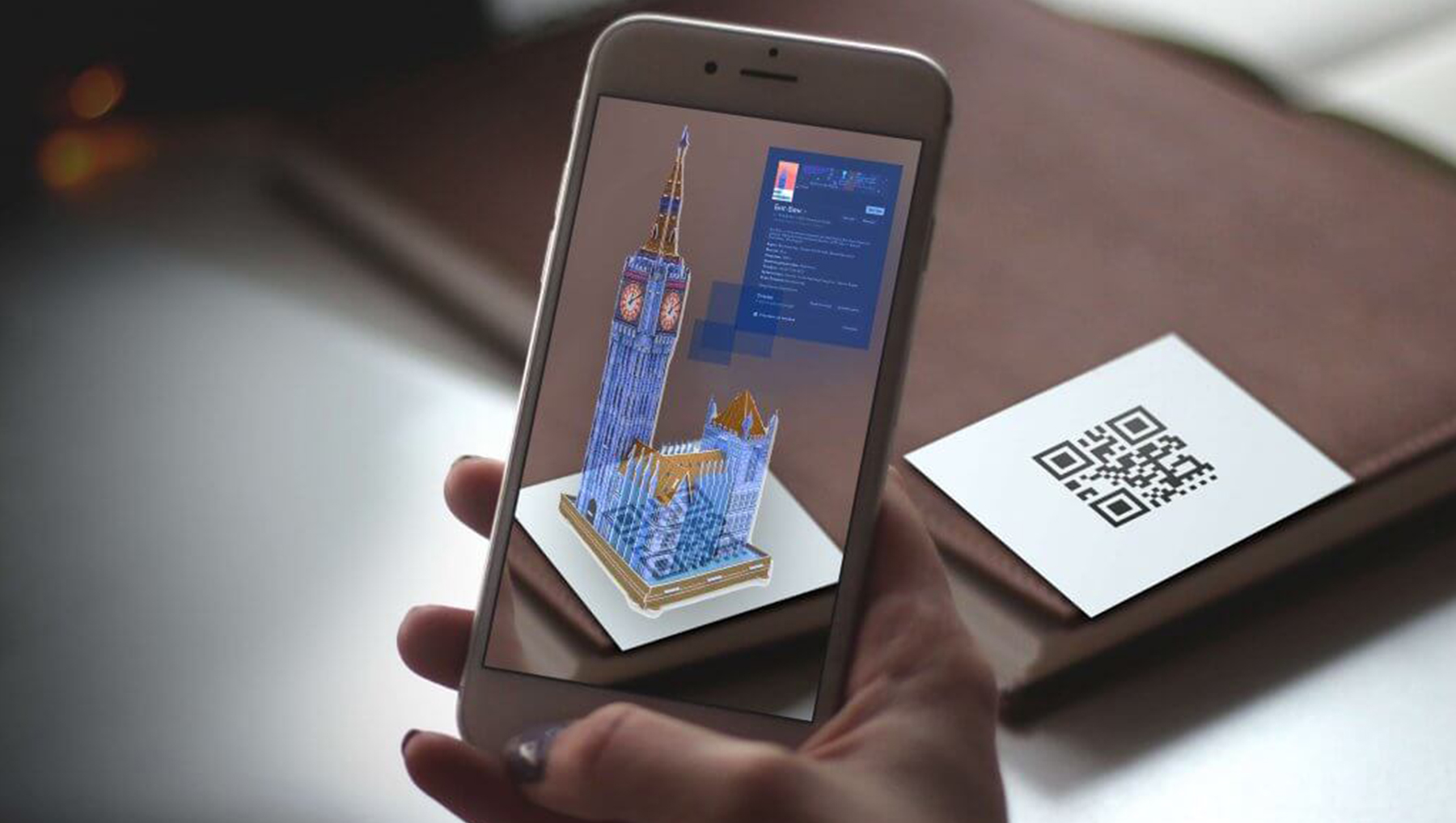How to Make an NFT Game
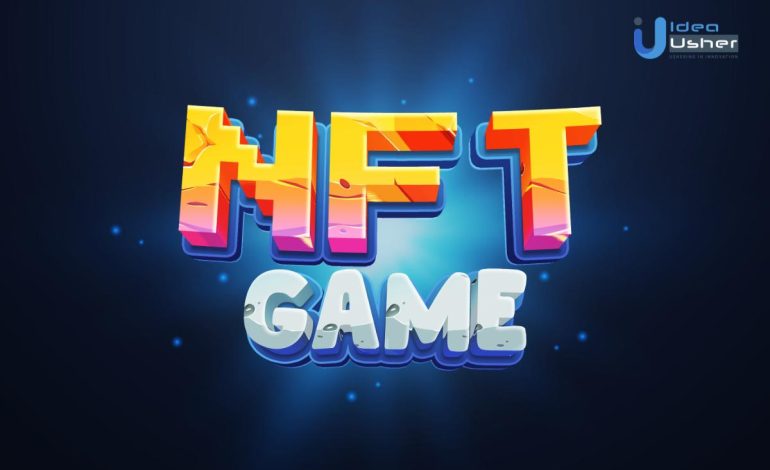
Building an NFT game can seem difficult at first, but once you set up the basic elements it’s easier than you think. This guide will walk you through all the steps to building an NFT game from beginning to end so that you can launch your game and start making revenue from it as soon as possible. By the end of this article, you’ll know how to make an NFT game of your own and have all the resources you need in order to succeed in the industry.
What is a Non-Fungible Token?

A non-fungible token (NFT) is a special type of digital token that takes on unique attributes and characteristics. It’s similar to a fungible token in that its value is transferable from one party to another.
However, it differs from a fungible token because no two tokens are identical. With blockchain technology, you can create digital goods that can be owned and traded by individuals just like real-world assets such as cars or houses. You can own these digital goods forever, regardless of where they might get transferred or sold in future transactions.
Some examples of popular NFTs AR include CryptoKitties, Etheremon, and Decentraland. When creating your own game using non-fungible tokens, keep in mind that there are some challenges involved with ensuring all players have access to their digital goods. This includes preventing fraudsters from creating fake copies of your asset as well as making sure players don’t lose access to their items if their account gets hacked or stolen.
To overcome these challenges and ensure your game runs smoothly, here’s what you need to know about how non-fungible tokens work: What Is a Non-Fungible Token? How Do They Work? What Are Their Advantages? How Can I Use Them for My Business? Where Can I Learn More About Them?
What do non-fungible tokens bring to the gaming industry?
With developers creating more and more non-fungible tokens, I’ve been wondering how to bring these together into a game. This got me thinking… what would happen if we made an online collectibles market? Could players buy and sell their digital assets on a marketplace?
Can you imagine going out in your favorite game and running into someone who looks just like you? That’s definitely how I picture it! So if it’s possible, what kind of world would it be? How would buying and selling work? What are some technical challenges that I should consider before jumping in headfirst? In my next post, I’ll cover these topics as well as a list of resources for people looking to dig deeper into NFT games.
Non-fungible tokens (NFTs) are a specific type of crypto token that gives each asset its own identity and, often, a unique set of attributes. This means they are both more valuable and less interchangeable than their fungible counterparts.
For example, if one copy of CryptoKitties has been known to break a world record auction price multiple times over others do not have that same value which is what makes these items non-fungible. If you wanted to create your own collectibles but weren’t sure where to start when making an NFT game might be your best bet.
In order to make an NFT game you need two things: A blockchain platform like Ethereum or EOS, and a smart contract development team. The process for creating an NFT game is relatively simple: First, decide on how many assets will exist in your project. Then determine what those assets will look like—will they be digital or physical?
And finally, decide how players can acquire those assets and how much they will cost. There are many ways to monetize an NFT game including selling additional copies of rare assets or using them as rewards for completing certain tasks within the game itself.
Understanding ERC721
Non-fungible tokens, also known as ERC721, are gaining in popularity among game makers because they create scarcity. Each token is unique, so developers can add different traits and functions to make each one a unique collectible item.
To create your own NFT game using Ethereum’s ERC721 standard, it helps to have a basic understanding of how non-fungible tokens work. Here are some key points As you can see, creating an NFT game involves more than just copying and pasting code from GitHub.
If you want to get started making your own games that run on blockchain technology, it’s important to understand what makes them tick. With that said, let’s jump into how to make an NFT game.
The first step is setting up a development environment where you can build applications for Ethereum blockchain technology. The good news is that there are several options available for doing so. This post will walk through how to set up Truffle, which is one of the most popular and easiest-to-use frameworks out there. It has built-in support for ERC721, which makes it especially useful if you’re trying to create your own non-fungible token game.
Note: To follow along with these instructions, you’ll need some familiarity with JavaScript and NodeJS, as well as npm (the node package manager). There are also prerequisites if you want to run your game on testnet or mainnet, but we won’t be covering those here. If you aren’t familiar with those terms, don’t worry—we have plenty of resources available in our Learning Center.
Making your own game using off-the-shelf tools
If you want to make your own game, but don’t know how and/or don’t have experience doing so, you’re not alone. With tools like Twine, Stencyl, Storyline 3, and others out there making game creation easier than ever, figuring out how to build your own games has never been more approachable.
Making your own games can be very rewarding; once you learn some of these tools (and even if you don’t), it might inspire a new career direction for yourself—one where you can run a company that makes both games and software applications. The best part is that you can do it all from home.
You just need to decide what type of game you want to create first. Do you want something simple? Something complex? A card game? A platformer? An RPG? There are lots of options available! The next step is choosing which tool will help get your idea off the ground. Once again, there are many options here as well.
Some people choose Unity or Unreal Engine 4 while others opt for simpler tools like Construct 2 or Gamemaker Studio 2 . Once you’ve chosen which tool(s) will help bring your idea into reality, start learning how they work! One way is by watching YouTube videos on them—there are plenty available online already and many more are being uploaded every day.


